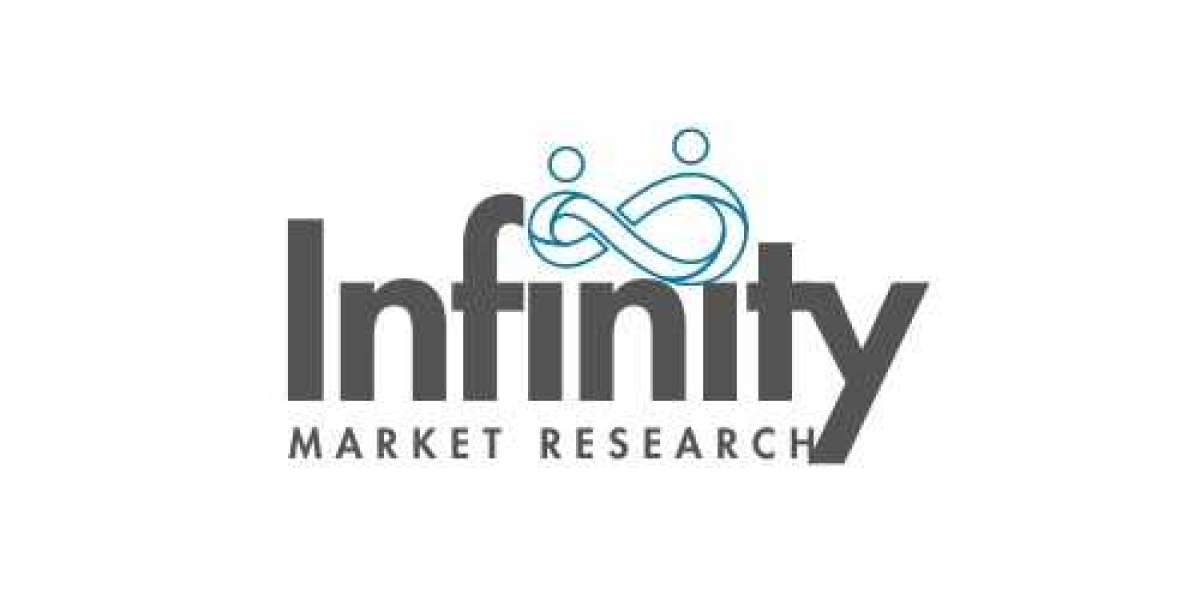


The size of the global chatbot market is anticipated to increase from USD 5.6 billion in 2023 to approximately USD 45.3 billion by 2033
The chatbot market has seen significant growth and transformation over the past decade, driven by advancements in artificial intelligence (AI) and machine learning (ML). Chatbots, which are AI-powered programs that can simulate human conversation, have become integral to various industries, including customer service, healthcare, e-commerce, and more. This comprehensive look at the chatbot market explores its current state, key drivers, challenges, and future prospects.
The size of the global chatbot market is anticipated to increase from USD 5.6 billion in 2023 to approximately USD 45.3 billion by 2033, with a compound annual growth rate (CAGR) of 23.2% from 2023 to 2033.
Current State of the Chatbot Market
As of 2024, the chatbot market is valued at several billion dollars and is projected to continue growing at a rapid pace. Businesses of all sizes are adopting chatbots to enhance customer engagement, streamline operations, and reduce costs. The integration of natural language processing (NLP) and sophisticated ML algorithms has significantly improved chatbots’ ability to understand and respond to complex human queries, making them more effective and user-friendly.
Several types of chatbots are prevalent in the market, including rule-based chatbots and AI-powered chatbots. Rule-based chatbots follow a set of predefined rules and are typically used for simple tasks, such as answering frequently asked questions (FAQs). In contrast, AI-powered chatbots leverage NLP and ML to learn from interactions and improve over time, making them suitable for more complex and dynamic interactions.
Key Drivers of Growth
Advancements in AI and NLP
The continuous improvement in AI and NLP technologies is one of the primary drivers of growth in the chatbot market. These advancements have enabled chatbots to understand context, sentiment, and intent more accurately, resulting in more natural and effective conversations with users.
Increasing Demand for Customer Service Automation
Businesses are increasingly turning to chatbots to automate customer service functions. Chatbots can handle a high volume of inquiries simultaneously, providing quick and consistent responses. This not only improves customer satisfaction but also reduces the workload on human customer service agents, allowing them to focus on more complex tasks.
Cost Efficiency
Implementing chatbots can lead to significant cost savings for businesses. By automating routine tasks and interactions, companies can reduce the need for large customer service teams, lowering labor costs. Additionally, chatbots are available 24/7, providing round-the-clock support without the need for additional staffing.
Rising Popularity of Messaging Apps
The proliferation of messaging apps like WhatsApp, Facebook Messenger, and WeChat has created a fertile ground for chatbot deployment. Businesses are leveraging these platforms to engage with customers where they already spend a significant amount of their time, enhancing accessibility and convenience.
Challenges in the Chatbot Market
Complexity of Human Language
Despite advancements, understanding the nuances of human language remains a significant challenge for chatbots. Ambiguities, slang, and cultural differences can lead to misunderstandings and inaccurate responses. Continuous improvement in NLP is necessary to address these issues effectively.
User Adoption and Trust
While the acceptance of chatbots is growing, some users remain skeptical about their effectiveness and privacy. Building trust through transparent communication about data usage and ensuring chatbots provide reliable and helpful responses is crucial for widespread adoption.
Integration with Existing Systems
Integrating chatbots with existing business systems and workflows can be complex and time-consuming. Ensuring seamless integration with customer relationship management (CRM) systems, databases, and other enterprise software is essential for maximizing the benefits of chatbots.
Future Prospects
The future of the chatbot market looks promising, with several trends poised to shape its evolution:
Increased Personalization
Voice-Activated Chatbots
The rise of voice-activated assistants like Amazon’s Alexa and Google Assistant indicates a growing trend towards voice-based interactions. Chatbots that can understand and respond to voice commands will become more prevalent, offering a hands-free and intuitive user experience.
Enhanced AI Capabilities
Continued advancements in AI will lead to even more sophisticated chatbots capable of handling complex tasks, providing proactive recommendations, and offering emotional intelligence by recognizing and responding to users’ emotions.
Industry-Specific Solutions
As chatbots become more advanced, there will be a rise in industry-specific solutions tailored to meet the unique needs of sectors such as healthcare, finance, and retail. These specialized chatbots will provide more relevant and effective interactions for users within these industries.
